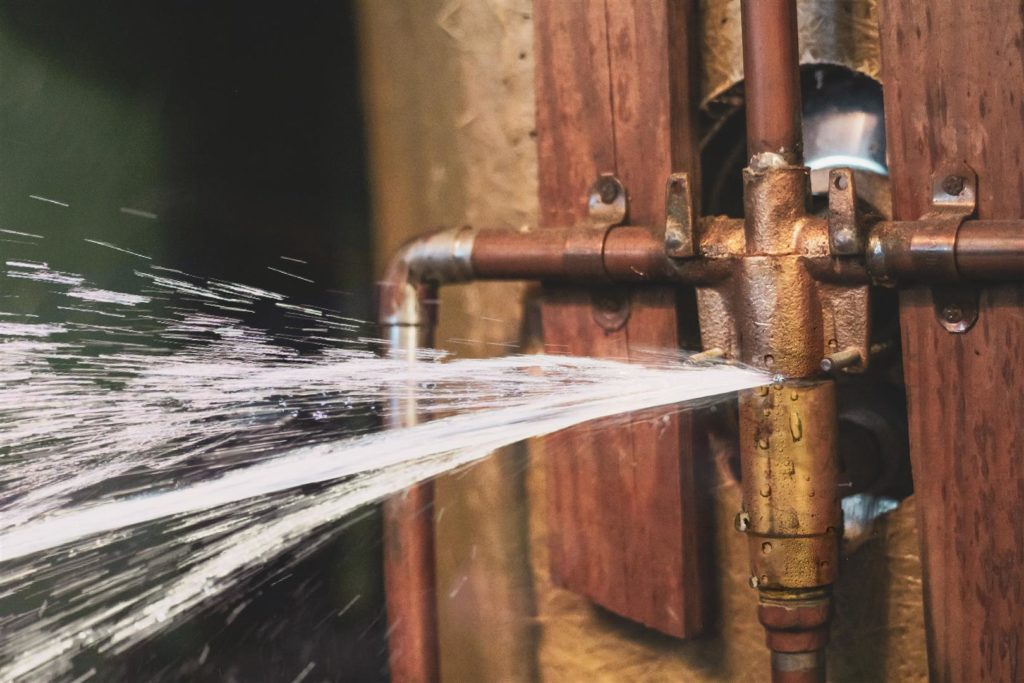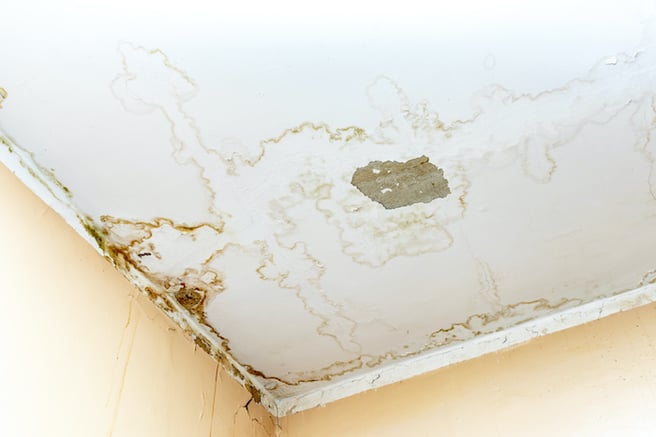What Causes Water Damage in the Bathroom
What Causes Water Damage in the Bathroom
Blog Article
Just how do you feel with regards to How to Repair and Prevent Bathroom Water Damage??

Water damage commonly occurs in the shower room due to the water utilized everyday. In some cases, the damage could be a little mold from the shower. Various other times, it's substantial damages on your flooring. Whatever it is, it is always good to know the reason and also stop it prior to it occurs.
This guide will experience several of the typical root causes of water damage in the restroom. We will also examine what you can do to prevent these causes from harming your washroom. Allow's dive in.
These are the typical reasons you would have water damage in your bathrooms and also just how you can identify them:
Excess Wetness
It's amazing to have that long shower and dash water while you hem and haw as well as act like you're carrying out, but occasionally these acts can trigger water damage to your restroom.
Splashing water around can create water to head to corners and create mold and mildews. View how you spread out excess moisture around, and when you do it, clean it up to stop damage.
Cracks in your wall surface ceramic tiles
Restroom wall surface tiles have actually been particularly developed for that purpose. They shield the wall from moisture from individuals taking showers. Nevertheless, they are not indestructible.
Often, your restroom wall floor tiles crack and also enable some moisture to permeate into the wall. This might potentially damage the wall if you do not take any kind of activity. If you discover a split on your wall surface tiles, repair it instantly. Do not wait up until it destroys your wall surface.
Overflowing commodes and sinks
As human beings, in some cases we make blunders that might create some water damage in the shower room. For example, leaving your sink faucet on could trigger overflowing as well as damages to various other parts of the shower room with moisture.
Likewise, a faulty bathroom can trigger overruning. For example, a busted toilet manage or other parts of the cistern. When this takes place, it might harm the floor.
As quickly as you see an overflowing sink or commode, call a plumbing to help take care of it immediately.
Ruptured or Dripping Pipes
There are lots of pipelines carrying water to various parts of your bathroom. Some pipes take water to the commode, the sink, the faucets, the shower, and lots of other places. They crisscross the little location of the restroom.
Every now and then, these pipes could obtain corroded and burst. Various other times, human activity could trigger them to leakage. When this takes place, you'll find water in the corners of your shower room or on the wall surface.
To spot this, watch out for gurgling wall surfaces, mold and mildews, or mildew. Call an expert emergency situation plumbing professional to fix this when it occurs.
Roofing Leakages
Sometimes, the problem of water damage to the restroom may not originate from the washroom. For example, a roofing system leak might create damages to the bathroom ceiling. You can spot the damage done by taking a look at the water spots on the ceiling.
If you locate water discolorations on your ceiling, examine the roof to see if it's damaged. Then, call a professional to help resolve the problem.
Final thought
Water damage to your shower room can be aggravating. Nonetheless, you can manage it if you protect against some of the causes mentioned in this guide. Call a professional emergency plumber if you notice any severe damages.
How to Prevent Water Damage in Your Bathroom?
Water damage repair is an expensive, meticulous, and lengthy process. Unfortunately, bathrooms are the most susceptible rooms to water damage due to toilets, showers, and sinks. Pipes and fixtures wear out over time and are not immune to damage. But all is not lost, as there are ways to prevent water damage from occurring in your bathroom.
Check Your Plumbing
Nothing lasts forever, especially pipes, which can rust and begin leaking over time. You should periodically conduct pipe inspections and pay attention for any musty smells or water stains that may indicate you need water damage repair. Here are some things to check:
Frequently test valves for your toilet, shower, and sink to ensure they are properly working. Check faucet supply lines hidden under vanities and replace when needed. Replace cracked or deteriorating caulking along sinks, tubs, and showers. If you notice a clog in your sink, call in a professional. Since you can’t check the pipes in the wall, keep an eye out for stains, drywall bubbling, musty smells, and excess moisture; if the bathroom is on a second level, check the ceiling of the room directly below for these signs. Don’t Overwork Your Toilet
One of the most common reasons bathrooms need water damage repair is due to overflowing toilets. Save yourself the hassle of cleanup by being mindful and not pushing your toilet to extreme limits. If you have young children, it is especially important to keep an eye on them when they are in the bathroom and to teach them how to avoid clogging the toilet. Here are some more tips to help prevent your toilet from overflowing:
If you have a septic tank, only use septic-safe toilet paper Do not flush anything down the toilet besides toilet paper; items like diapers and sanitary napkins will clog the piping Pay attention to your toilet’s water level: If it’s low, it could mean it is partially clogged or that there is a crack in the toilet bowl https://www.alure.com/home-improvements-blog/resources/how-to-prevent-water-damage-in-your-bathroom

Hopefully you enjoyed our excerpt about How to Repair and Prevent Bathroom Water Damage?. Thanks a ton for taking the time to read our piece. Don't hesitate to take the time to distribute this entry if you liked it. We take joy in reading our article about How to Repair and Prevent Bathroom Water Damage?.
Book An Estimate Now Report this page